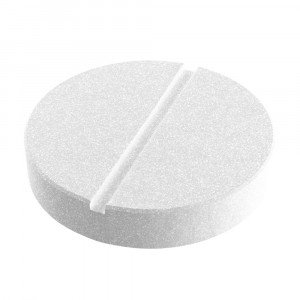 Welcome
Welcome
“May all be happy, may all be healed, may all be at peace and may no one ever suffer."
- A
- B
- C
- D
- E
- F
- G
- H
- I
- J
- K
- L
- M
- N
- O
- P
- Q
- R
- S
- T
- U
- V
- W
- X
- Y
- Z
Methyldopa - Brands
Methyldopa, or α-methyldopa, is a centrally acting sympatholytic agent and an antihypertensive agent. It is an analog of DOPA (3,4‐hydroxyphenylanine), and it is a prodrug, meaning that the drug requires biotransformation to an active metabolite for therapeutic effects. Methyldopa works by binding to alpha(α)-2 adrenergic receptors as an agonist, leading to the inhibition of adrenergic neuronal outflow and reduction of vasoconstrictor adrenergic signals. Methyldopa exists in two isomers D-α-methyldopa and L-α-methyldopa, which is the active form.
First introduced in 1960 as an antihypertensive agent, methyldopa was considered to be useful in certain patient populations, such as pregnant women and patients with renal insufficiency. Since then, methyldopa was largely replaced by newer, better-tolerated antihypertensive agents; however, it is still used as monotherapy or in combination with hydrochlorothiazide. Methyldopa is also available as intravenous injection, which is used to manage hypertension when oral therapy is unfeasible and to treat hypertensive crisis.
To be happy, beautiful, healthy, wealthy, hale and long-lived stay with DM3S.
